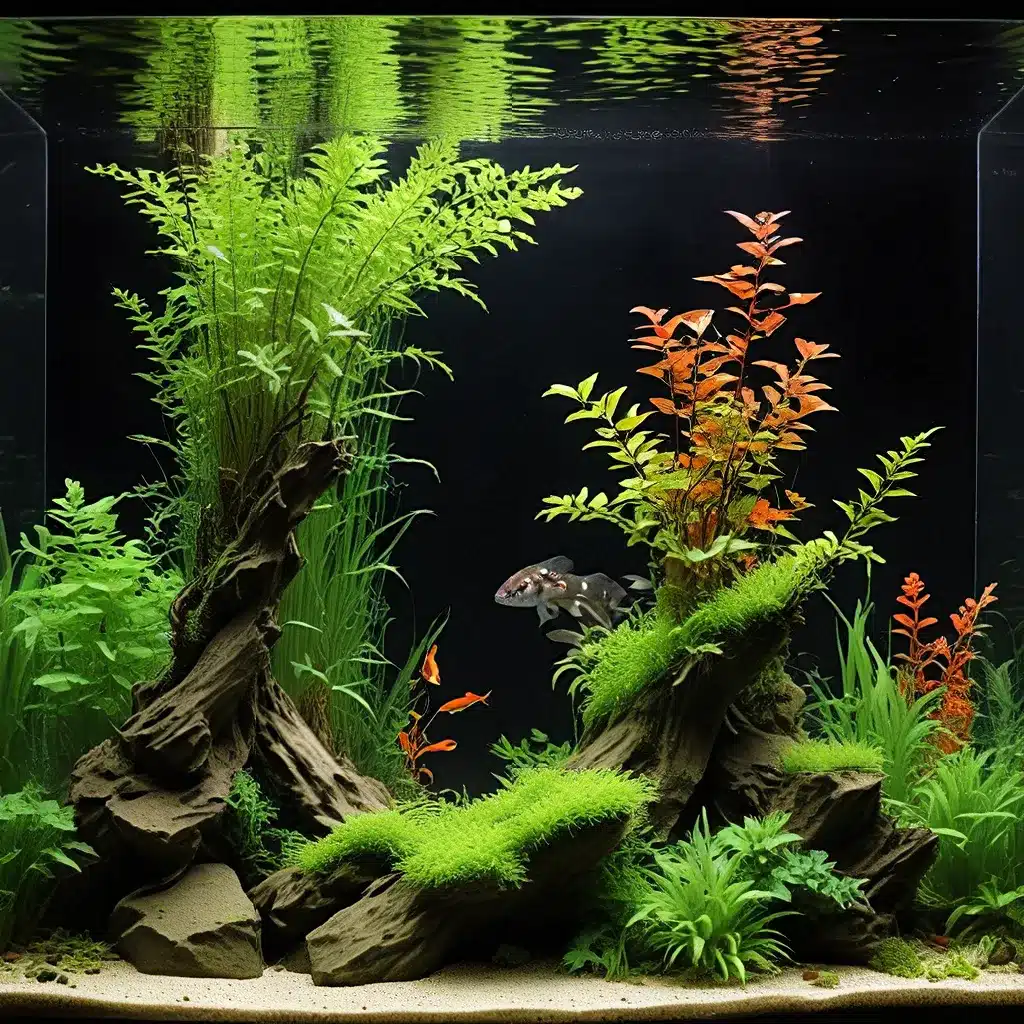
Maintaining a thriving planted aquarium is a captivating pursuit that offers aquarists an opportunity to create a lush, underwater oasis teeming with life. Whether you’re a seasoned enthusiast or a novice just embarking on this journey, unlocking the secrets to a vibrant planted aquarium can be a transformative experience. In this comprehensive guide, we’ll delve into the key elements that contribute to a successful planted tank, from tailoring the substrate to choosing the right plants and implementing effective water management strategies.
The Foundation of a Flourishing Planted Aquarium: Substrate Selection
The foundation of a successful planted aquarium lies in the substrate you choose. This substrate serves as the medium for your aquatic plants to anchor their roots, providing them with the necessary nutrients and support to thrive. When it comes to selecting the right substrate, aquarists must look beyond mere aesthetics and consider factors such as the substrate’s ability to support root growth, its impact on water parameters, and its long-term sustainability.
Common substrate options include gravel, sand, and specialized aquatic plant soils, each with its own unique advantages and considerations. Gravel, for instance, is a widely available and versatile choice, but it offers little in the way of inherent nutrients to support plant growth. On the other hand, aquatic plant soils are formulated to provide an ideal balance of essential nutrients, fostering robust root systems and vibrant foliage.
The depth of the substrate layer is also crucial, as it allows for adequate root development without leading to anaerobic conditions. A general recommendation is to maintain a substrate depth of 2 to 3 inches, with deeper-rooted plants requiring a thicker layer. Careful maintenance, such as regular substrate stirring, can help prevent the buildup of harmful gases and ensure optimal conditions for your aquatic flora.
Unlocking the Potential of Nutrient-Rich Substrates
Beyond the physical properties of the substrate, its nutrient content plays a pivotal role in the overall health and performance of your planted aquarium. Plants require a delicate balance of macronutrients (nitrogen, phosphorus, and potassium) and micronutrients (such as iron, calcium, and magnesium) to thrive. Substrates enriched with these essential nutrients can create a more fertile environment, providing a sustained source of food for your aquatic plants.
Some substrates are designed to slowly release nutrients over time, ensuring a consistent supply without sudden spikes that could lead to algae blooms. This slow-release mechanism helps maintain a balanced ecosystem, allowing your plants to flourish while keeping water parameters in check. Regular testing and monitoring of nutrient levels is recommended to ensure a healthy balance for both plants and aquatic life.
Aquascaping Techniques to Elevate Your Planted Aquarium
Aquascaping, the art of designing and arranging aquatic plants and hardscape elements, is a crucial aspect of creating a visually stunning and ecologically balanced planted aquarium. By carefully selecting and positioning plants, rocks, and driftwood, aquarists can craft captivating underwater landscapes that not only please the eye but also provide optimal conditions for plant growth and fish health.
One innovative aquascaping technique is the use of layered substrates, where nutrient-rich soils are capped with gravel or sand. This approach combines the benefits of different substrate materials, allowing for efficient nutrient delivery while minimizing the risks of nutrient leaching and maintenance challenges.
Another groundbreaking aquascaping method involves the strategic placement of plants and hardscape elements to create a sense of depth, visual interest, and natural flow within the aquarium. By leveraging the unique growth habits and shapes of various aquatic plants, aquarists can craft captivating compositions that mimic the natural beauty of aquatic ecosystems.
Maintaining a Healthy Planted Aquarium
Sustaining the vibrant health of your planted aquarium requires a holistic approach to water management and ongoing maintenance. Regular testing and monitoring of water parameters, such as pH, temperature, and dissolved oxygen levels, are essential to ensure optimal conditions for plant growth and the overall wellbeing of your aquatic inhabitants.
Proper filtration plays a crucial role in maintaining water quality, as it helps remove excess nutrients, detritus, and other waste products that could otherwise lead to imbalances and algae problems. Investing in a high-quality filtration system, whether it’s a hang-on-back, canister, or sump filter, can significantly contribute to the long-term success of your planted aquarium.
Routine maintenance tasks, such as partial water changes, substrate stirring, and plant trimming, are also vital for preserving the delicate balance of your planted tank. These actions not only keep the aquarium visually appealing but also help prevent the buildup of organic waste, maintain nutrient levels, and promote healthy plant growth.
By embracing the principles of proper aquarium care and aquascaping techniques, aquarists can unlock the secrets to a vibrant, thriving planted aquarium that serves as a captivating centerpiece in their homes or offices. Through careful substrate selection, nutrient management, and strategic aquascaping, you can create a lush, underwater oasis that not only delights the senses but also fosters a harmonious ecosystem for your aquatic inhabitants to thrive.

